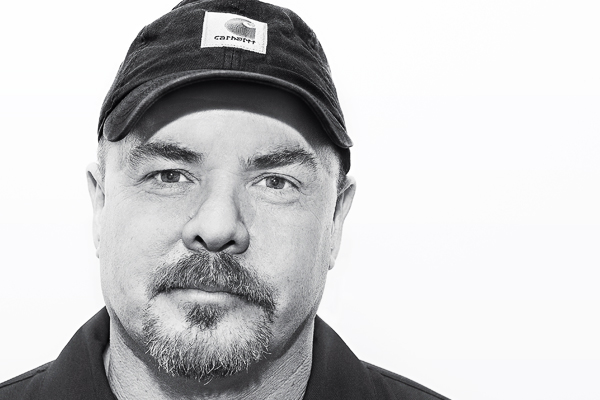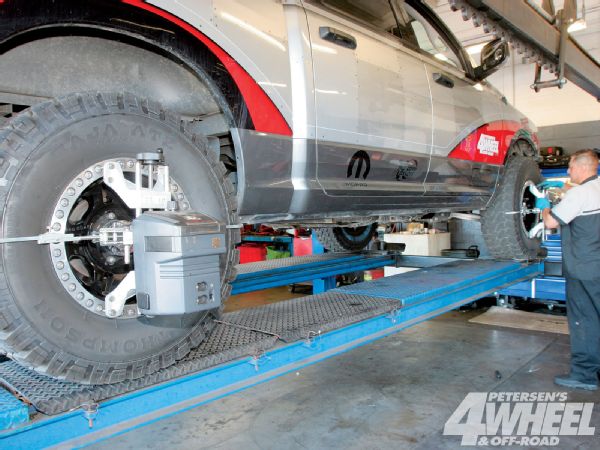
 Kevin McNulty
Former Editor, Mud Life
Kevin McNulty
Former Editor, Mud Life
It's an unquestionable fact that there's an intricate science behind the design and engineering of every suspension. There are hundreds of reasons why those highly engineered suspension systems could perform poorly, ride uncomfortably on- or off-highway, and have irregular tire wear. Poor maintenance and suspension modifications cause a change in the suspension geometry, which, if left uncorrected, will cause a whole slew of performance handling issues and suck the life right out of a good set of tires.

Proper suspension alignment is critical to how a vehicle steers, performs, and handles on and off the highway. If a vehicle is properly aligned it will also have less rolling resistance, increasing the life of components (like bushings) and improving tire longevity and fuel economy.
If a 4x4 is a purpose-built trail rig that's hammered on more than a blacksmith's anvil, then the most critical part of its suspension alignment is making sure the tire tread rests flat on the ground for traction. However, if your beloved 4x4 is a daily driver and sees its share of asphalt days, then it's imperative that proper suspension alignment be maintained.
PhotosView Slideshow






